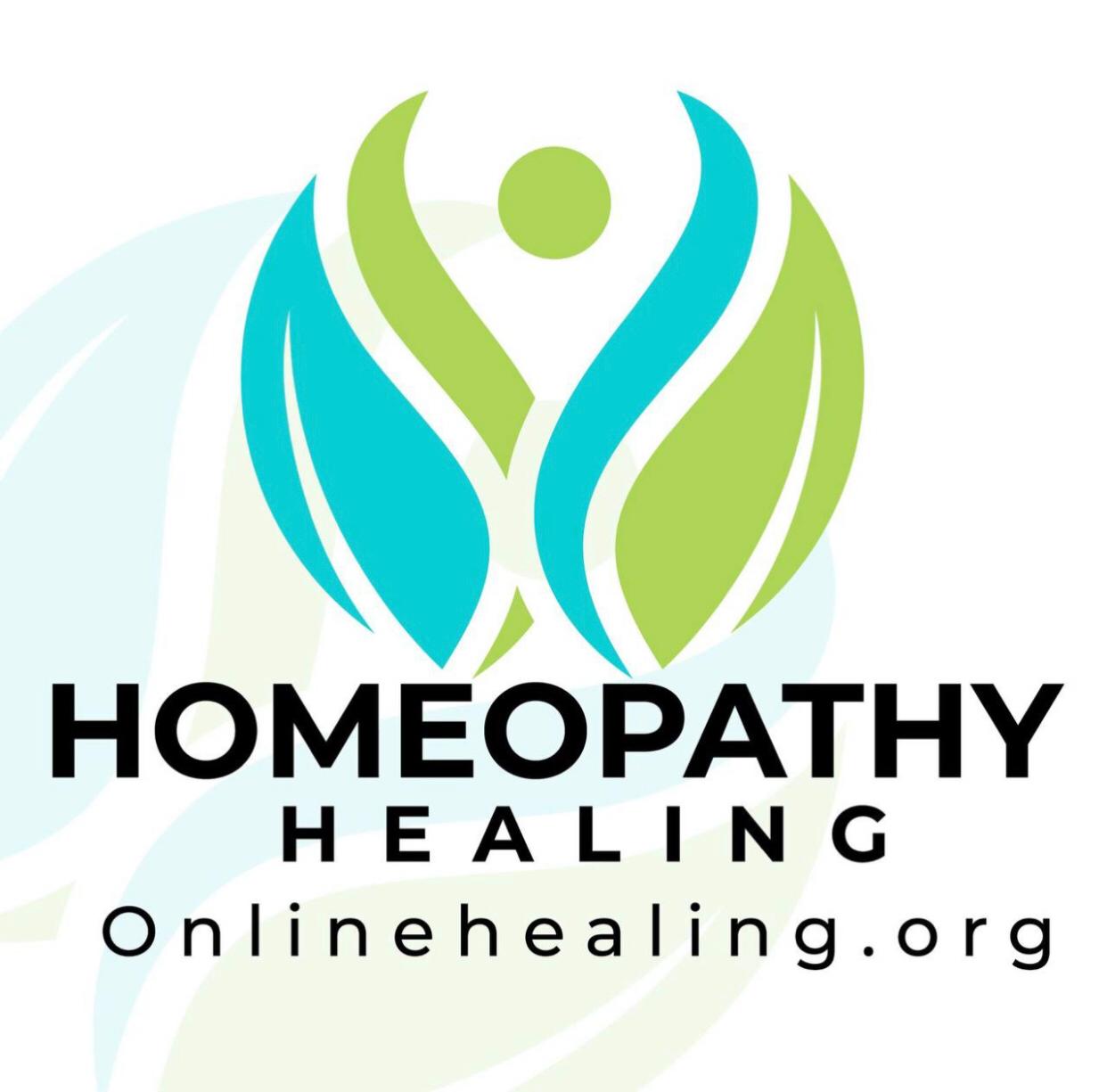Ankylosing spondylitis is an inflammatory disease that can cause some of the vertebrae in the spine fuse together. This fusing makes the spine less flexible and can result in a hunched-forward posture. If ribs are affected, it may be difficult to breathe deeply.
Ankylosing spondylitis affects men more often than women. Signs and symptoms of ankylosing spondylitis typically begin in early adulthood. Inflammation also can occur in other parts of the body, most commonly eyes.

Causative factors for Ankylosing spondylitis:
Ankylosing spondylitis has no known specific cause, though genetic factors to be involved. In particular, people who have a gene called HLA-B27 are at significantly increased risk of developing ankylosing spondylitis.
Symptoms:
Early signs and symptoms of ankylosing spondylitis may include pain and stiffness in the lower back and hips, especially in the morning and after periods of inactivity. The area’s most commonly affected are:
-
The joint between the base of the spine and pelvis
-
The vertebrae in lumbosacral region
-
The places where tendons and ligaments attach to bones, mainly in spine, but sometimes along the back of the heel
-
The cartilage between the breastbone and ribs
-
Hip and shoulder joints
How to diagnose an Ankylosing spondylitis?
There is no specific test to diagnose an ankylosing spondylitis, but imaging by X-ray and MRImay show the evidence of inflammation of the sacroiliac joint between the sacrum and the ilium. Some symptoms may help to diagnose:
-
The joint between the base of the spine and pelvis
-
The vertebrae in lumbosacral region
-
The places where tendons and ligaments attach to bones, mainly in spine, but sometimes along the back of the heel
-
The cartilage between the breastbone and ribs
-
Hip and shoulder joints
How to diagnose an Ankylosing spondylitis?
There is no specific test to diagnose an ankylosing spondylitis, but imaging by X-ray and MRImay show the evidence of inflammation of the sacroiliac joint between the sacrum and the ilium. Some symptoms may help to diagnose:
-
Inflammatory back pain with stiffness and pain that is worse in the morning and improved with continuous movement.
-
Reduced mobility of the spine
-
Reduced ability to expand the chest
How Homeopathy helps to cure Ankylosing spondylitis?
Homeopathic medicines work by optimizing the body’s overactive immune (defense) system. The stage of the disease at which the homeopathic treatment is started, is a major factor in determining the outcome of the treatment. If the treatment is started in the initial stages when not too much of the elastic tissue is lost, the prognosis are very good and the condition can be reversed in most of the cases.
